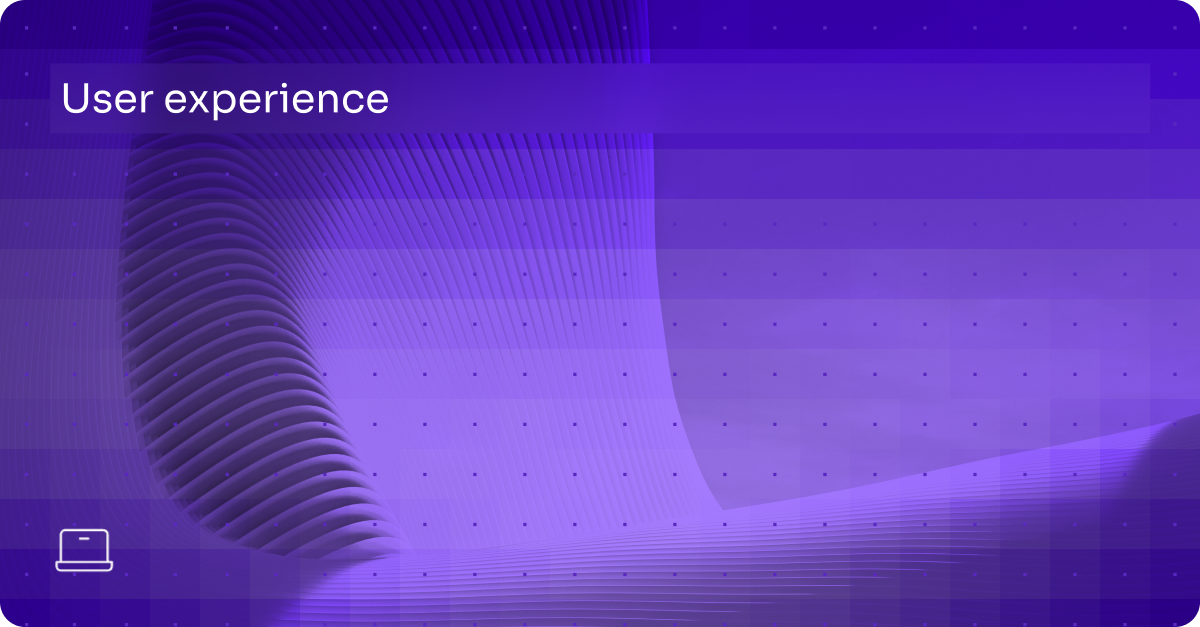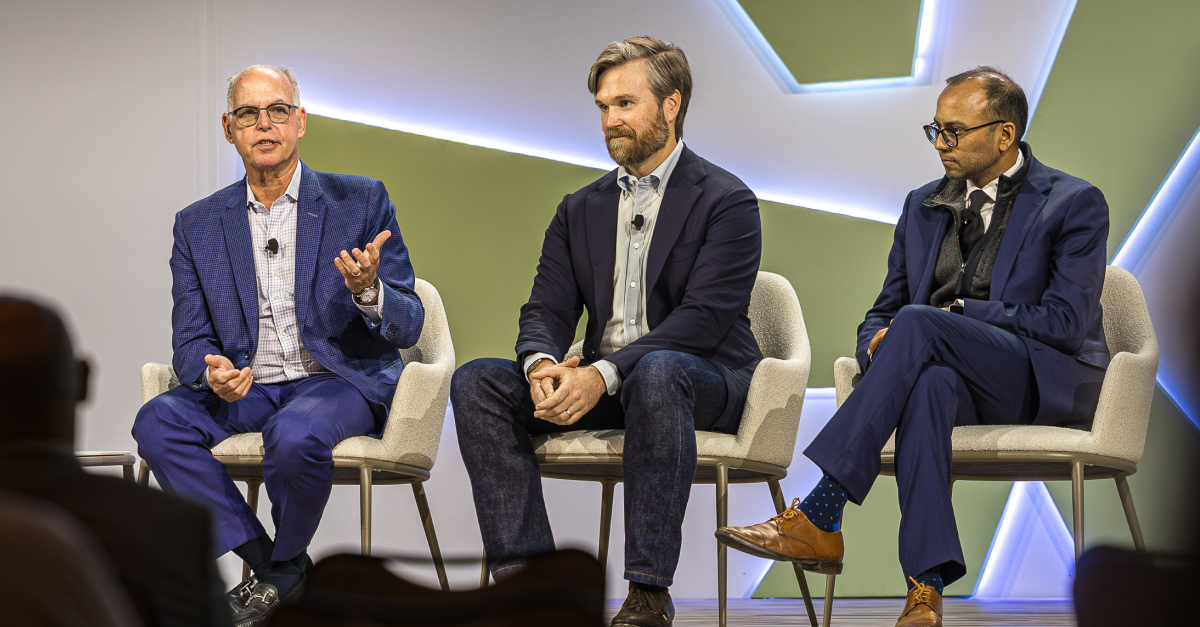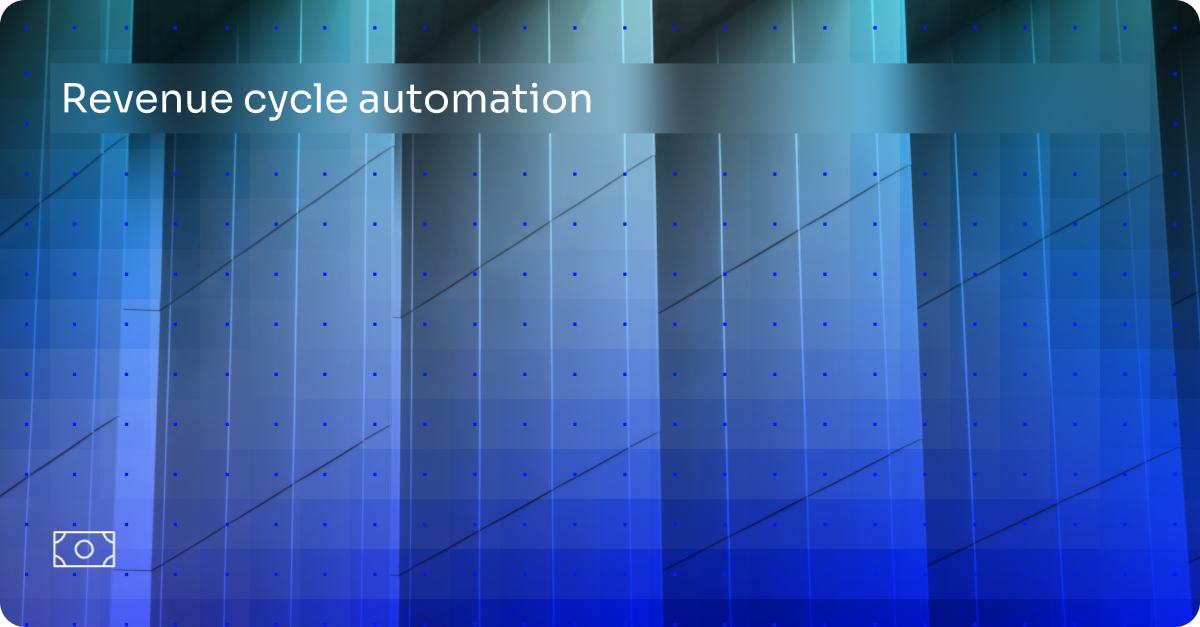For the past decade plus, every time I sit down for my Endocrinology clinic to see patients with diabetes, I tap my badge to log into the EHR. And then... I open Google Chrome web browser and log into Dexcom's provider portal. And then log in to Medtronic's provider portal. And then log into Abbott's provider portal. And so on, until I have logged in to—wait for it—EIGHT separate provider portals for different diabetes device manufacturers.
And, this isn’t just for device-related software. I spent more than a decade working in health system informatics and was pitched by hundreds of companies making software for the clinical environment. In almost every case, the central part of the pitch was to show me how slick their UX was, and how much better it would be for people to use than the EHR.
Alas, they were all missing the same foundational point. Too often, developers design as if their tool exists in a clean, standalone universe. But clinicians operate in a dense, interconnected system anchored by core workflows. Developers assume great design will attract users, but they rarely step into the shoes of those users, who are already surrounded by systems they didn’t choose but must use.
Let me paint a different picture. One common solution used by our Notable customers is an HCC Chart Review Agent that scrubs charts in advance of a patient visit and embeds suggested HCC codes into Epic's BPA for providers to accept. I was touring a handful of primary care clinics at one of our customers a few months ago. I met with about a dozen PCPs and asked them how things were going with Notable, what their experience was like. I got back blank, empty stares from them all. They had no idea what I was talking about. This perplexed me, as I knew from our analytics that these same PCPs were capturing dozens of new HCC codes every week. And then it hit me. This lack of awareness was the most positive feedback we could have received. These providers believed they were simply using the EHR. Notable was improving their work performance and quality without them even realizing it.
This is the holy grail of health IT.
This also explains the success of ambient dictation products. There is nothing new to use or toggle over to. It's just in the background, helping you get your work done.
When we demo Notable to people, they sometimes ask, "But what does it look like for the user?" They expect to be trained on yet another tool outside their EHR workflow. That's when I get to explain that our philosophy is to be as invisible as possible. And that for most users, it looks like they are using their EHR and work is getting done on their behalf.
So, what is the best new UX for a front-line care team member? None at all.










